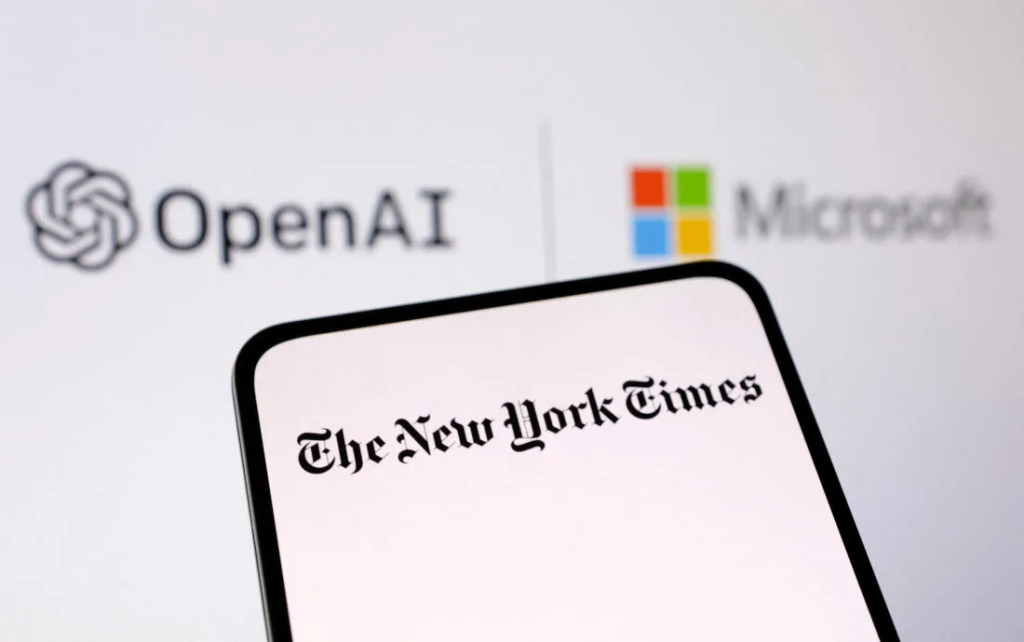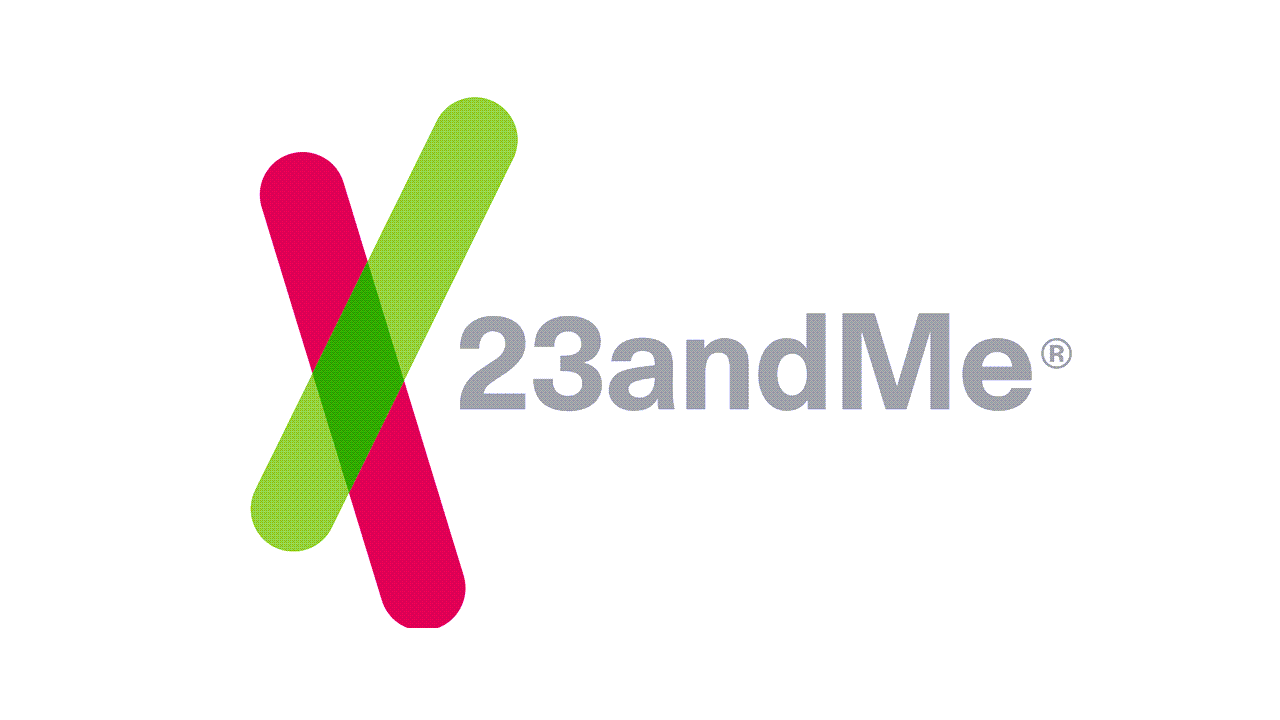The New York Times vs. OpenAI and Microsoft: A Copyright Infringement Battle
The New York Times vs. OpenAI and Microsoft: A Copyright Infringement Battle
In a groundbreaking move, The New York Times has taken legal action against OpenAI and Microsoft, accusing them of copyright infringement. The renowned newspaper claims that their articles were unlawfully copied to train artificial intelligence (AI) models, such as ChatGPT, which now competes directly with The New York Times. This lawsuit sets a significant precedent in the ongoing debate surrounding the use of large language models and the potential threat they pose to content creators’ rights. In this article, we will delve into the details of the case, explore the arguments presented by both parties, and analyze the potential outcomes for the industry.

1. The Lawsuit: Allegations of Copyright Infringement
The New York Times alleges that OpenAI and Microsoft violated copyright laws by using millions of Times articles without permission to train their AI models, including ChatGPT and Microsoft’s Bing chatbot. The complaint argues that this unauthorized use of their content enables these companies to offer information services that directly compete with The New York Times, jeopardizing their ability to provide quality journalism to subscribers.
2. The Defendants: OpenAI and Microsoft
OpenAI, an AI research laboratory, and Microsoft, a technology giant, are the defendants in this lawsuit. Microsoft holds a seat on OpenAI’s board and has made a significant investment in the company. The Times’ complaint highlights the prominent position both companies occupy in the AI industry and their responsibility to respect content creators’ rights.
3. Failed Negotiations and Unresolved Compensation
According to The New York Times, discussions between the newspaper and OpenAI-Microsoft regarding fair compensation and terms of use began in April. However, no resolution was reached, leading to the filing of the lawsuit. The Times argues that OpenAI and Microsoft’s claim of “fair use” does not hold, as their AI models mimic and compete with the original content, rather than transforming it.
4. Impact on The New York Times’ Business

The Times claims that the unauthorized use of their content by OpenAI and Microsoft has detrimental effects on their relationship with readers and their revenue streams. By offering similar services to The New York Times without proper authorization, the defendants undermine the newspaper’s ability to generate subscription, licensing, advertising, and affiliate revenue.
5. The Debate on Fair Use and AI Models
The lawsuit raises important questions about fair use and the boundaries of AI model training. OpenAI and Microsoft argue that their use of Times’ content is transformative and falls within the realm of fair use. However, The New York Times contests this claim, asserting that the AI models’ outputs closely mimic their original work, providing little transformative value.
6. Precedent-Setting Lawsuit and Industry Implications
This lawsuit could have far-reaching implications for the AI industry as a whole. The legality of using copyrighted material to train AI models remains uncertain, and the outcome of this case may shape future legislation and court decisions. Content creators, including journalists, writers, and artists, are closely watching this legal battle, as it could impact their rights and ability to be fairly compensated for their work.

7. Similar Lawsuits and Ongoing Concerns
The New York Times is not the first to take legal action against OpenAI and Microsoft. Comedian Sarah Silverman and two authors previously sued these companies, alleging the unauthorized use of their copyrighted materials in training AI language models. Additionally, a group of fiction writers joined the Authors Guild in a class-action suit against OpenAI, asserting that their copyrighted works were illegally used by the company’s technology.
8. The Use of Times’ Content in AI Training Datasets
The Times’ complaint reveals that OpenAI’s large language models, including ChatGPT, likely utilized millions of Times-owned works in their training datasets. The newspaper’s content ranked as the third most highly represented source of information in one dataset snapshot. The AI models trained on this content can generate output that closely resembles Times’ articles, potentially misleading readers and attributing false information to the newspaper.
9. The Times’ Demands and Compensation
The New York Times seeks significant damages from OpenAI and Microsoft, although the exact amount is unspecified. In addition to financial compensation, the newspaper requests a permanent injunction to prevent further infringement, as well as the destruction of AI models and training datasets incorporating their copyrighted materials.
10. The Future of AI and Journalism Collaboration
Despite the legal battle, The New York Times acknowledges the potential of generative AI for journalism and the public. They express a desire to work with AI companies in a way that ensures fair compensation for content creators while embracing the advancements in AI technology. The outcome of this lawsuit could shape future collaborations and agreements between news publishers and AI developers.
11. The Road Ahead: Unsettled Legal Territory
The legal landscape surrounding AI models and copyright infringement is currently unsettled. Dina Blikshteyn, a partner in an artificial intelligence and deep learning practice group, suggests that numerous similar lawsuits may arise before definitive case law is established. Given the novelty of large language models and AI technology, the Supreme Court may eventually be tasked with deciding key legal questions in this domain.
12. Conclusion: A Battle for Fair Compensation and Rights
The New York Times’ lawsuit against OpenAI and Microsoft highlights the growing concerns surrounding the use of copyrighted material to train AI models. This legal battle has the potential to shape the future of AI development and journalism collaboration, determining the rights and fair compensation for content creators. As the case unfolds, it will be closely watched by both the publishing industry and the AI community, with far-reaching implications for the relationship between AI and content creation.
Through this lawsuit, The New York Times aims to ensure a future where AI and journalism coexist harmoniously, safeguarding the rights and interests of content creators. The outcome of this case will undoubtedly have a lasting impact on the evolving landscape of AI technology and its relationship with the creative industries.



